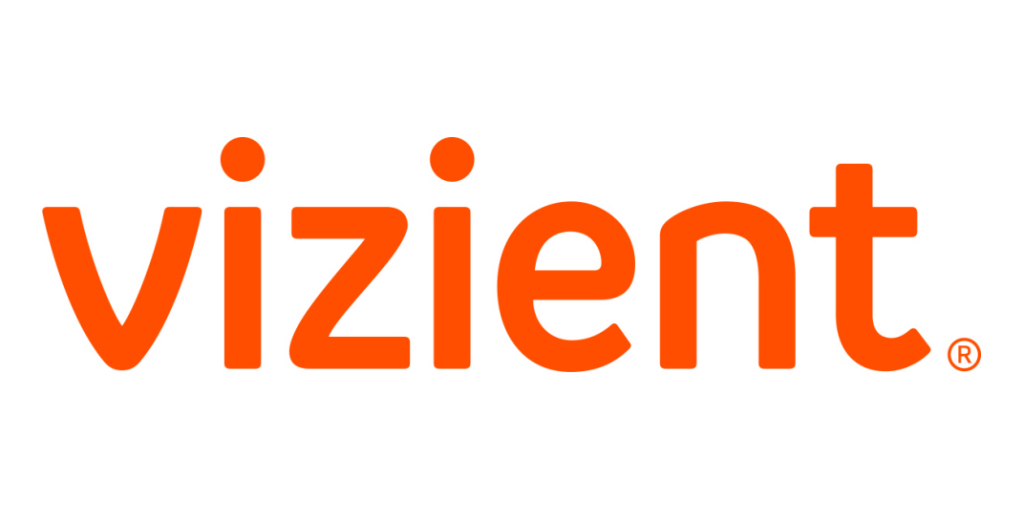“In our current health crisis, prevention terms like DISINFECTING, SANITIZING or ANTI-BACTERIAL treatments are part of our common reality. Until recently, noxious “bio-killing” chemicals in atomized /spray form has been the most widely available choice on the market. With proper repeated use, fogging, spraying or ionizing chemistries in our living space are the popular option in contaminant prevention, but public concerns about the many possible physiological side effects of atomizing toxins into our air supply call for new alternatives.
A sustainable upgrade in sanitizing was developed through the use of UV-C light. The CDC recognizes this innovation as one of the ‘best disinfecting practices’. Ultraviolet germicidal irradiation (or UVGI) is the use of ultraviolet (UV) energy (electromagnetic radiation with a wavelength shorter than that of visible light) to kill or inactivate viral, bacterial, and fungal species. The UV spectrum is commonly divided into UV-A (wavelengths of 400 nm to 315 nm), UV-B (315 nm to 280 nm), and UV-C (280 nm to 200 nm). The entire UV spectrum can kill or inactivate many microorganisms, but UV-C energy provides the most germicidal effect, with 265 nm being the optimum wavelength.”
To get the full story on safe sanitizing, read more from the Journal of Modern Healing, featuring Skytron’s own Mike Czechowskyj, Director of Sales Infection Prevention discussing the benefits of UVC disinfection.






